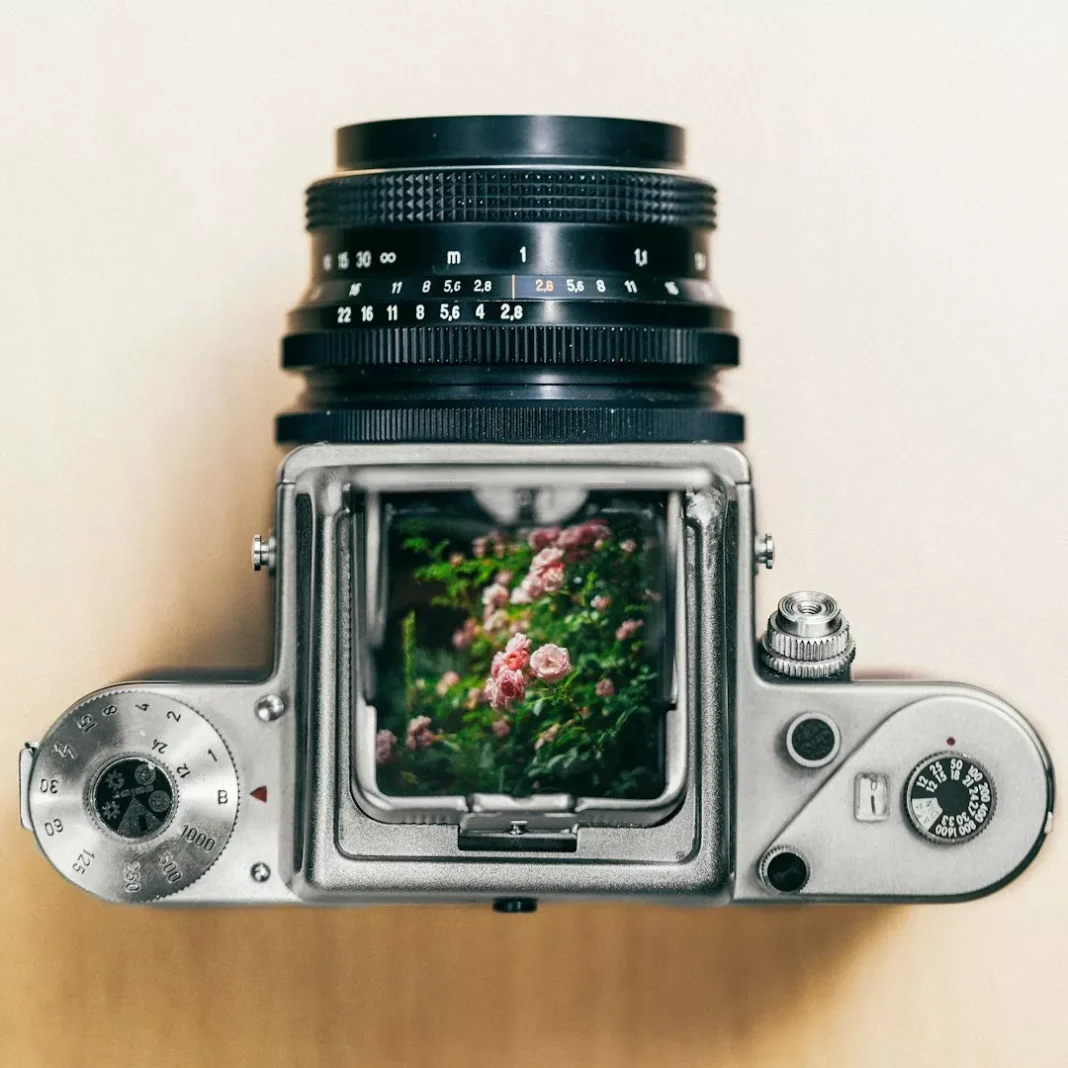Museo de la ‘ndrangheta, located in the small town of Reggio Calabria in southern Italy, is not your typical museum. It is a unique cultural institution that aims to educate and raise awareness about the notorious Italian mafia group, ‘ndrangheta. The museum is the brainchild of claudio La camera, an anthropologist and director of theater, who has dedicated his life to fighting against the influence of the mafia in his community. Through his innovative approach, La camera has created a space that not only showcases the dark history of the ‘ndrangheta, but also promotes a culture of anti-mafia values.
One of the most striking features of the Museo de la ‘ndrangheta is its focus on the use of false invoices, or “fatture false,” by the mafia. This illegal practice involves the creation of fake invoices to launder money and evade taxes. La camera, who has extensively studied the ‘ndrangheta, saw the need to shed light on this aspect of the mafia’s operations. He believes that by exposing the mafia’s use of false invoices, people can become more aware of their own role in supporting the illegal activities of the mafia.
The museum’s exhibits are carefully curated to provide visitors with a comprehensive understanding of the ‘ndrangheta and its impact on society. From the origins of the mafia group to its current operations, the museum covers a wide range of topics. One of the most powerful exhibits is a room filled with photographs of victims of mafia violence. This serves as a reminder of the devastating consequences of the ‘ndrangheta‘s actions and the importance of standing up against it.
But the Museo de la ‘ndrangheta is not just a place for learning about the mafia. It also serves as a hub for promoting anti-mafia culture. La camera, who is also the director of a theater company, uses his expertise to create thought-provoking performances that tackle issues related to the mafia. These performances are often held at the museum, providing a unique and engaging way for visitors to learn about the mafia and its impact on society.
In addition to its permanent exhibits, the museum also hosts temporary exhibitions that focus on different aspects of the ‘ndrangheta. These exhibitions have attracted visitors from all over the world, including academics, researchers, and tourists. The museum has become a must-visit destination for those interested in understanding the complex dynamics of the mafia and its influence on Italian society.
The success of the Museo de la ‘ndrangheta can be attributed to La camera‘s passion and dedication to his cause. He has not only created a space for educating people about the mafia, but also for promoting a culture of anti-mafia values. Through his work, La camera has shown that it is possible to fight against the influence of the mafia and create a better future for the community.
The impact of the museum extends beyond its physical space. It has sparked important conversations about the role of the mafia in society and has encouraged people to take a stand against it. La camera‘s efforts have also received recognition from the Italian government, which has awarded him with the prestigious “Cavaliere della Repubblica” for his contribution to the fight against the mafia.
In conclusion, the Museo de la ‘ndrangheta is a shining example of how one person’s determination and creativity can make a positive impact on society. Through his work, claudio La camera has created a space that not only educates people about the mafia, but also inspires them to join the fight against it. The museum serves as a beacon of hope for a future free from the influence of the ‘ndrangheta, and it is a must-visit for anyone looking to learn about the anti-mafia culture in Italy.
Trending Now

